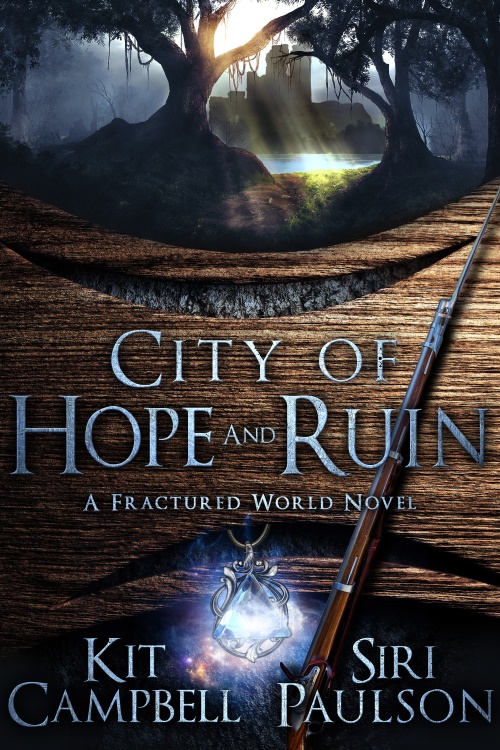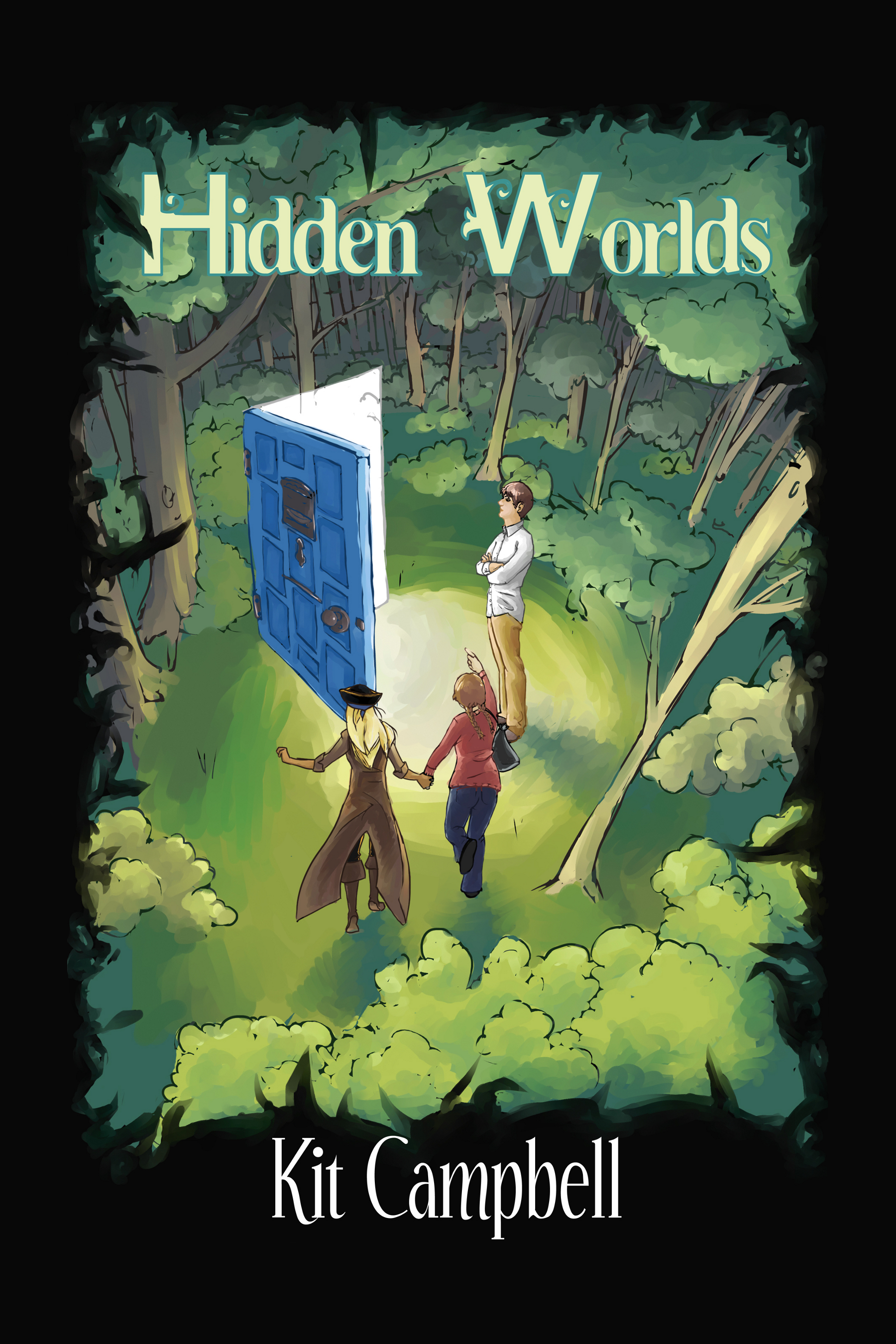Okay, squiders, today we’re going to talk about how to self-publish physical books–hardbacks and paperbacks. And then we’ll get into troubleshooting, and then I’m going to have to write the rest of this book on my own, ahahaha. But we’ll do a poll to see which nonfic topic we want to discuss next when we’re done with this one.
Self-publishing physical books falls into two categories:
- Print-on-Demand (hereafter referred to as POD)
- Batch printing
The names refer to the amount of books printed at any one point in time. In both cases, you will need for format your book for print, or hire someone to do it for you. It is easier to create paperback versions of self-published books, but some companies do allow you to pay for the added expense of doing a hardback version.
When formatting your book for print, you will need to determine the trim size, which is the size of the book. There are some industry standards, but there is also some variation and you can pick whichever you feel will work best for your book. For example, if you’d like to make a shorter book look more substantial, you could go with a smaller trim size to get more pages. You will also need to determine font size and type. Some fonts are more readable and considered more standard, though you can again get away with some variation as long as the font is easy to read. Mass media paperbacks tend to have smaller font, while hardbacks tend to have larger.
You will also need a cover. Some POD services offer cover creators, which allow you to create a cover on the website, but be aware that your options will be limited to stock font and images, unless the creator allows you to upload your own. You will need the full wrap-around cover (front cover, spine, back cover) so it’s important to do the interior formatting first so you know how many pages the book is going to be and can base your cover dimensions on that. Also be aware that you will need a high quality image so that it doesn’t look grainy or pixelated when printed.
You will also need to consider buying an ISBN. These can be bought individually or in packs of 10. Each new edition will need its own ISBN (for example, a hardback edition would need a different ISBN than a paperback edition) and if you plan to publish several books, the packs are a better deal. Some POD or batch services offer deals to let you buy ISBNs through them, though these may have some limitations as to where they can be used.
Print-on-Demand
How POD works is that your manuscript is uploaded onto a POD service’s website, complete with formatting and cover. When someone wants to purchase your novel, a single (or however many that particular order is for) copy of said novel is created and shipped.
You can work directly with a POD service, or some publishing services companies will deal with it for you. There is a minimum cost per book, usually based on how many pages your novel is, what type of paper you want to use, trim size, and whether you want color in the interior of the book. You must pick a sale price at or above this minimum price.
Some common POD services include, but are not limited to:
- CreateSpace
- Ingram Spark
- Lulu
- Lightning Source
Some services will charge a set-up fee for the initial set-up, or may charge a yearly fee to continue carrying the book. The quality of printed book also varies between different services. For example, CreateSpace is a popular POD option because they easily let you list your book for sale on Amazon, but there have been complaints about the quality of the books. Some authors use a combination of CreateSpace for its Amazon connections and then a different POD service for other retailers or for books for conventions or book signings.
POD is popular with many authors because it requires little or no upfront costs and because authors don’t need to keep a large stock of their own books on hand. Many publishers, especially small presses, also use POD technology for their titles.
Batch printing
The other method for getting physical copies of a self-published novel is batch, or bulk, printing. This is where several copies of the book are printed all at once, which usually results in a lower overall cost per book. Like POD, you will need to have your book formatted for print beforehand (though many printers also offer formatting services) and have a cover ready (though, again, this may be a service offered). Some printers may only offer books in select sizes, so make sure your formatting matches what’s available. Some printers may have a minimum number of books per order (such as 25 or 100). If you need a large amount of books, this is the way to do it.
There are many different companies that offer this service. There may even be local companies you can use, in which case you can avoid paying for shipping. If possible, ask to see a finished book so you can check binding quality, printing quality, and cover quality.
People who move a large amount of books will find this method much more cost effective. However, you will need to deal with distribution yourself unless you pay a service to do it for you, and if you buy more copies than you sell, you may find yourself having to store a large amount of books with no easy way to sell them.
Did I leave anything out, Squiders? Anything you have questions on?
Also, just a reminder that The Short of It comes out tomorrow! I’ve also got Shards and Hidden Worlds on sale at Amazon for tomorrow (and might have City of Hope and Ruin though I am checking with Siri before I do anything there) for a dollar. I’ll post specifics tomorrow.
Happy Tuesday, squiders!



